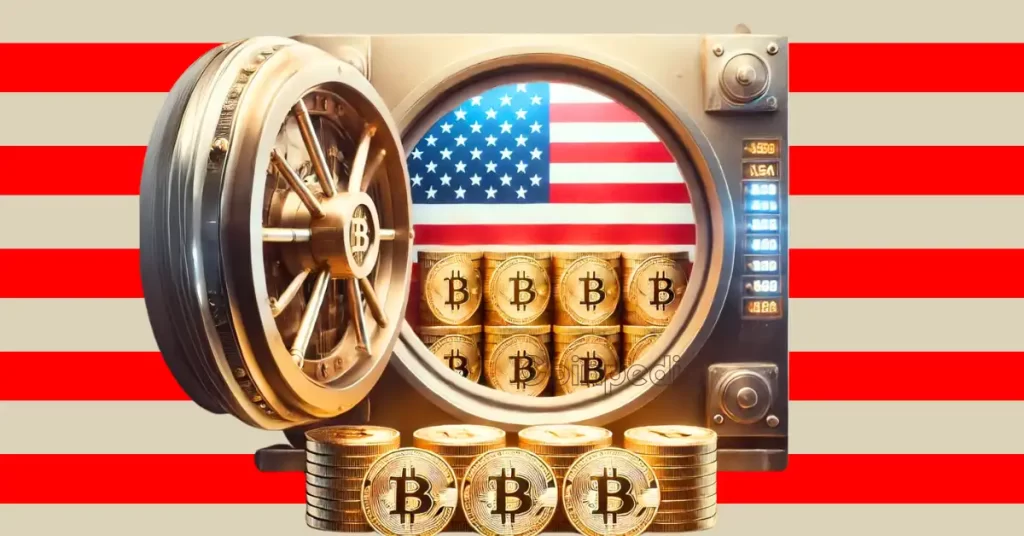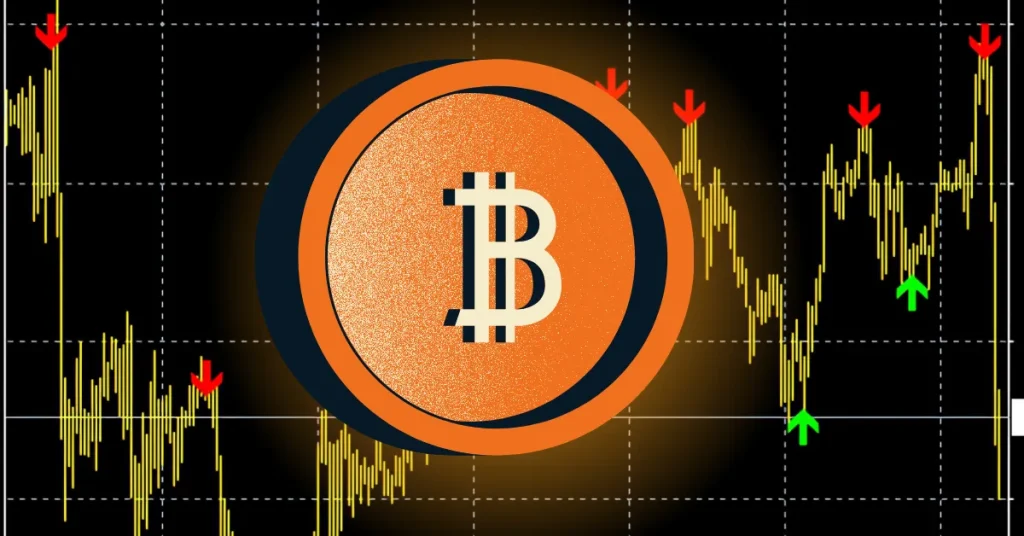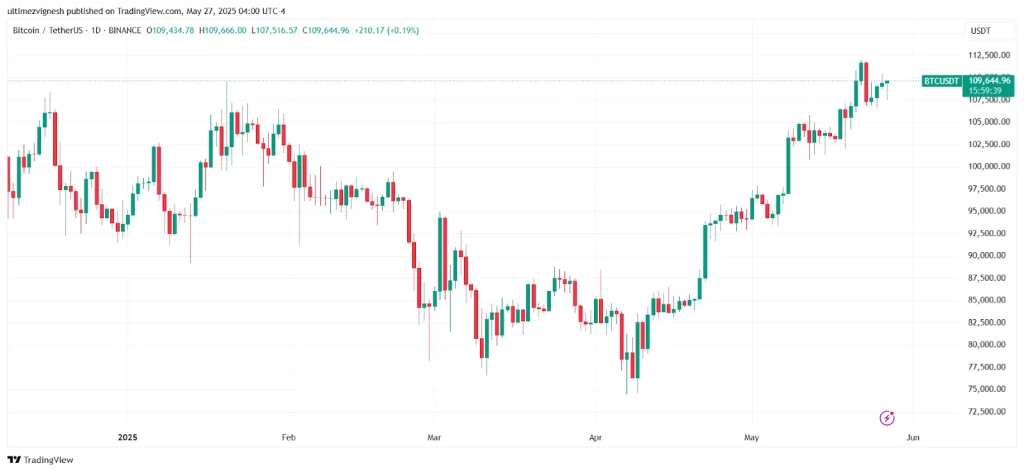
Kraken is reportedly putting the final touches to an audacious move to purchase futures trading giant NinjaTrader. The exchange is tying up loose ends in what could be one of the largest acquisitions by a cryptocurrency service provider.
Kraken Inches Toward Mega Deal To Buy NinjaTrader
According to a WallStreetJournal (WSJ) report, Kraken is in the final third of an ambitious plan to purchase NinjaTrader. According to the post, the deal is worth $1.5 billion and will see NinjaTrader become a subsidiary of the US-based cryptocurrency exchange.
Barring any eventualities, insiders say Kraken will announce the completion of the deal before the end of the week. While details are sparse, the move signals Kraken’s interest in dabbling in derivatives and crypto futures.
Kraken is seeking to expand its offerings but the exchange remains wary of regulatory challenges that could bedevil the plans. The US SEC just shuttered its Kraken case that sought to view the firm as a stock exchange.
To sidestep the regulatory hurdles, the purchase will allow the exchange to lean on NinjaTrader’s Futures Commission Merchant (FCM) license to offer its derivatives offering.
Kraken has the funds to see the deal through given impressive financial metrics for the exchange. The US-based crypto exchange racked in over $1.5 billion in revenue, doubling its profits over the last year.
Both Parties Have An Eye On Expansion
Apart from sidestepping potential regulatory hurdles, purchasing NinjaTrader will introduce Kraken to a new demographic. Launched in 2003, NinjaTrader has racked up over 1.8 million retail investors with the deal offering several perks for the futures trading company.
The move will see Kraken support NinjaTrader’s bid to enter the UK and Australian markets. Kraken’s EMI approval from the UK’s Financial Conduct Authority (FCA) may smoothen NinjaTrader’s entry into the UK.
The top crypto exchange has previously secured a MiFID license to offer crypto derivatives to EU-based traders. In line with its expansionist goals, the exchange reintroduced cryptocurrency staking service for US customers.
The post Kraken Closes In On $1.5 Billion Deal To Acquire NinjaTrader appeared first on CoinGape.






